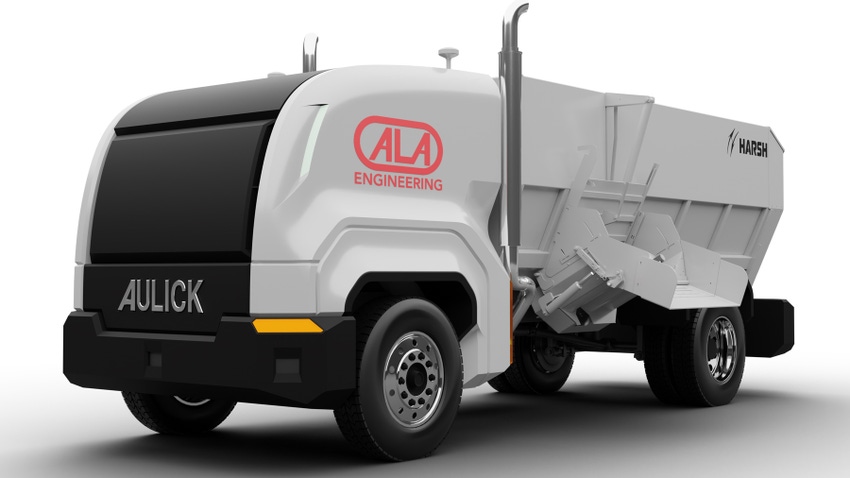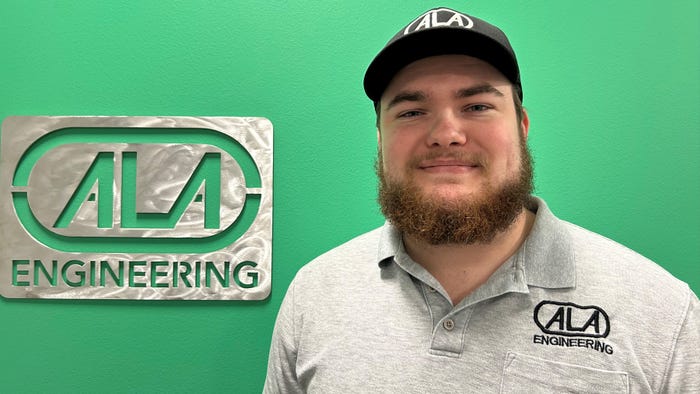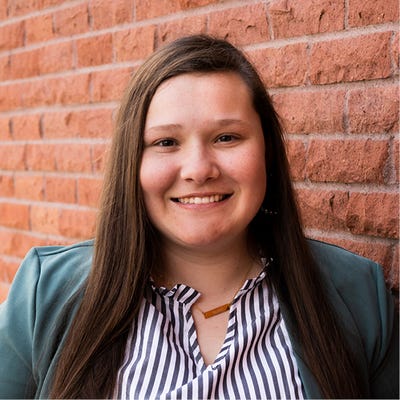
“With autonomy you can allow the few employees that are operating the fleet to focus more on animal health and ensuring that everything is running smoothly, rather than having your best talents in the feed truck themselves,” says Jacob Hansen, co-founder of Agriculture Leveraging Automation Engineering.
Sometimes autonomous vehicles get a bad reputation. But companies such as ALA Engineering look to assist producers with labor shortages and even free up time to focus on animal health.
ALA Engineering is in the late stages of developing a fully autonomous feed truck fleet to assist feedlot producers. Based in Scottsbluff, Neb., the company has focused its reach on the western part of the state. However, soon it will look to expand to cover all of Nebraska and other parts of the U.S.
All in on automation
Hansen encourages producers to separate the types of autonomy on the market right now.
“There are a lot of differences between the bigger autonomous vehicles or robotaxi companies on the coasts and what Midwest and ag tech companies are doing,” Hansen says.
The big focus of agriculture autonomy is safety, reliability and efficiency, Hansen explains. The engineers behind agriculture autonomy know that any downtime or inclement weather set back producers. The goal of this new technology is to be a dependable machine to free up time in the already busy schedules of producers.
“Feedlots are mostly a static environment — alleys, bunks and pens aren't changing all that often,” Hansen says. “So, it is a big benefit to us to be able to go out and map these locations and set specific ‘no-go zones,’ where the vehicles are not allowed to operate.”
Hansen says that with this system, they can also increase safety in certain zones where the vehicles are forced to operate at lower speeds. In fair conditions, the autonomy sensors and cameras can clearly see the entire environment around the vehicle and can make quick, safe decisions about routing around obstacles.

ALA FOR PRODUCERS: Jacob Hansen, ALA Engineering co-founder, speaks on how automated feed trucks can assist producers. Not only will it free up labor, but the precision that this technology brings can also save in many areas of the operation. (Elizabeth Hodges)
However, in less-than-favorable conditions such as snowstorms or dust storms, the vehicles won’t take risks. If a blockage or obstruction is seen, the vehicles will pause and wait for a human to come and clear that obstruction.
“We are still operating safely in these extreme weather conditions and in obscure conditions,” Hansen says. “And so that's a big thing, having redundant sensor systems that can see differing levels of resolution and detail depending on how clear the weather is.”
In addition to operating in harsh weather conditions, the autonomous feed trucks have a wide range of capabilities.
With these trucks, there are reduced labor risks, better fuel efficiencies, lower feed losses, longer equipment life spans and more consistent ration deliveries.
Starting small
Hansen says that with this autonomous feed truck, producers can slowly start to adapt the equipment. By adding one autonomous feed truck into the fleet, producers can learn the system and grow from there.
“Automation might not make sense for all operators, but we are doing everything we can to make sure that there's not a ton of upfront costs that would inhibit smaller operations from deploying our technology,” he adds.
While the smaller level feedlots are not the primary customer base for this technology yet, ALA Engineering is focusing on middle-level to larger-scaled feedlots.
“The opportunity that comes with the ability to lease a vehicle is that you can slowly integrate automation into your existing fleet and operate a hybrid feedlot environment,” Hansen says. “This is where you have human drivers operating alongside the autonomous vehicles.”
With offices within the combine office space on the University of Nebraska-Lincoln’s Innovation Campus, ALA Engineering is looking to add more expertise within its startup company.
“There are all sorts of different areas where we're looking to expand our team,” Hansen says. “It is going to be an exciting process growing over the next couple of months.”
For more information about the technology coming from ALA Engineering, visit ala.engineering.
Read more about:
AutonomousAbout the Author(s)
You May Also Like






